Hardly any culinary experience can compare to one’s first taste of true umami flavour. It elicits an instant craving that makes you wonder whether your portion is big enough, and where this incredible sensation has been all your life. And no cuisine displays a more scientific, masterful understanding of umami than Japanese.
In fact, once you’ve experienced Japanese-style umami cooking, there’s no going back: that longing will always be there, ready to resurface on a lazy Sunday afternoon. Going to restaurants is not enough, either – outside of Japan, you only get a mere fraction of its incredible capacity for this flavour.
So when the craving for buttery saikyo yaki fish strikes or you would love a scrumptious shabu shabu, and there’s no room in the budget for a last-minute ticket to Tokyo, you can only rely on your cooking skills – and a handful of key condiments. These powerful flavour-enhancing add-ons can be tricky to use, however, so consider this your guide to properly leveraging them in hopes of mastering your favourite Japanese recipes and reliving the real umami experience whenever the yearning strikes.
Miso
If “soup” is the first thing to come to your mind when you hear “miso”, think again. A delicious paste made from fermented soy beans, miso is used in many other savoury (and even sweet) recipes to add umami and complexity. Our number one recommendation? Use it in your marinades – whether for fish, tofu or meat, it will be a sure hit.
Look into recipes such as saikyo yaki fish, miso-marinated steak or tofu – just be careful when cooking, as miso burns easily. As for the type of miso to buy, white miso (shiro miso) will adapt better to fish and recipes with delicate flavours, while red miso (aka miso) makes for a punchier taste. Our pick? Mugi miso, a rich and intense paste made from barley and soybeans, can turn any dish into a highlight, and works particularly well in a dip for vegetables.
Our Tip: If you’re looking for the ultimate flavour kick, try a highly addictive miso chilli oil; this recipe has got you covered.
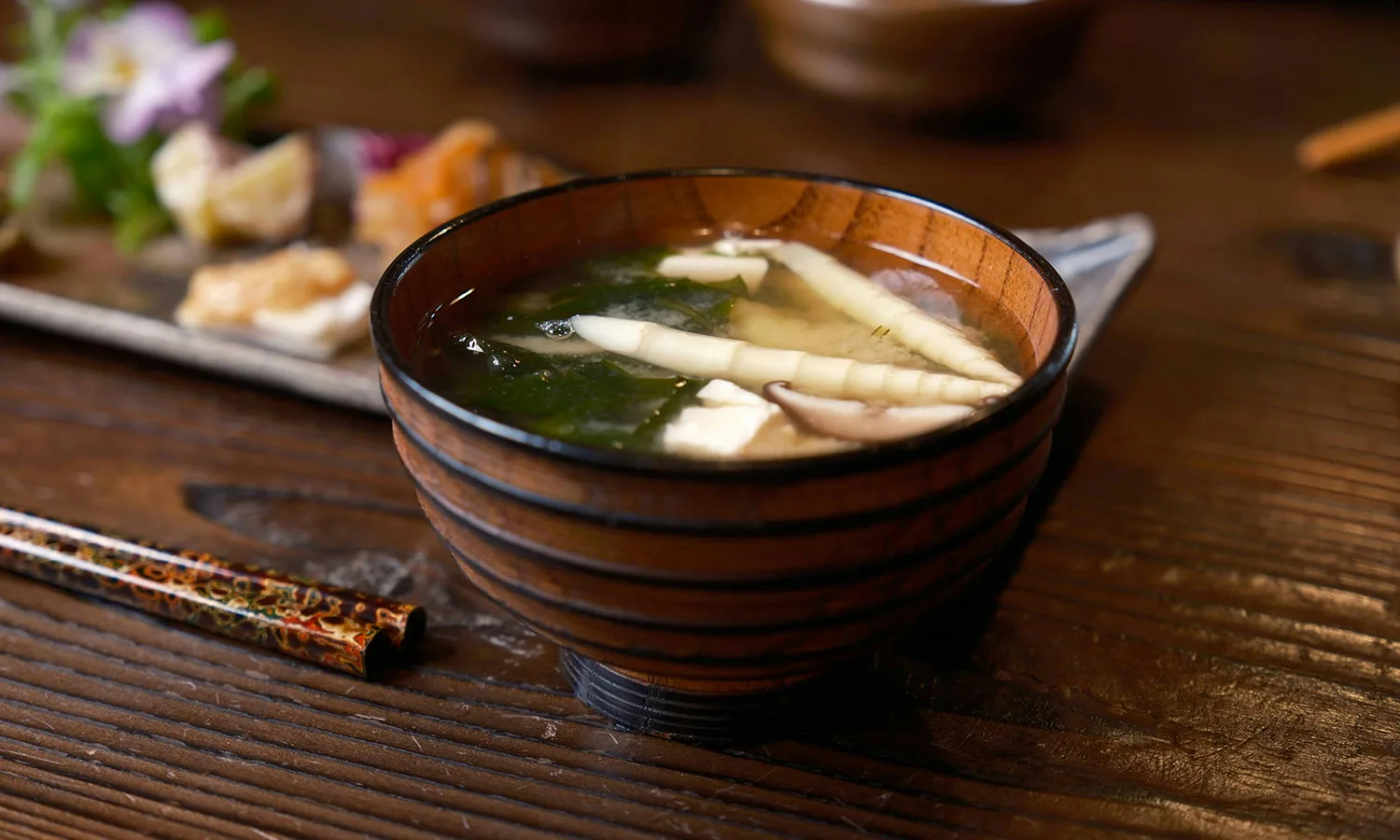
Soy Sauce
While soy sauce generally needs no introduction, there are distinctions to be made. Japanese cuisine typically calls for one (or a combination) of three types: dark soy sauce (koikuchi shoyu), light soy sauce (usukuchi shoyu), and tamari, which is thicker and best suited for sushi and sashimi. Dark soy sauce, such as Kikkoman, is the most popular type in Japan and elsewhere, as it adapts well to most dishes. Light soy sauce is less potent in taste and colour but also saltier, making it suitable for more delicate flavour combinations.
While it can be tempting to use soy sauce in large quantities as a quick fix for any dish, a wise chef knows that less is more. If your stir-fry is bland, start by adding one tablespoon of soy sauce along with other condiments, such as sake and kombu dashi, to achieve a well-rounded umami flavour.
Our Tip: For explosive umami, mix soy sauce and melted butter into white rice, or use them to stir-fry mushrooms or scallops. Alternatively, mix soy sauce with sake, mirin and sugar, and use it to marinate soft-boiled eggs overnight to make ramen eggs.
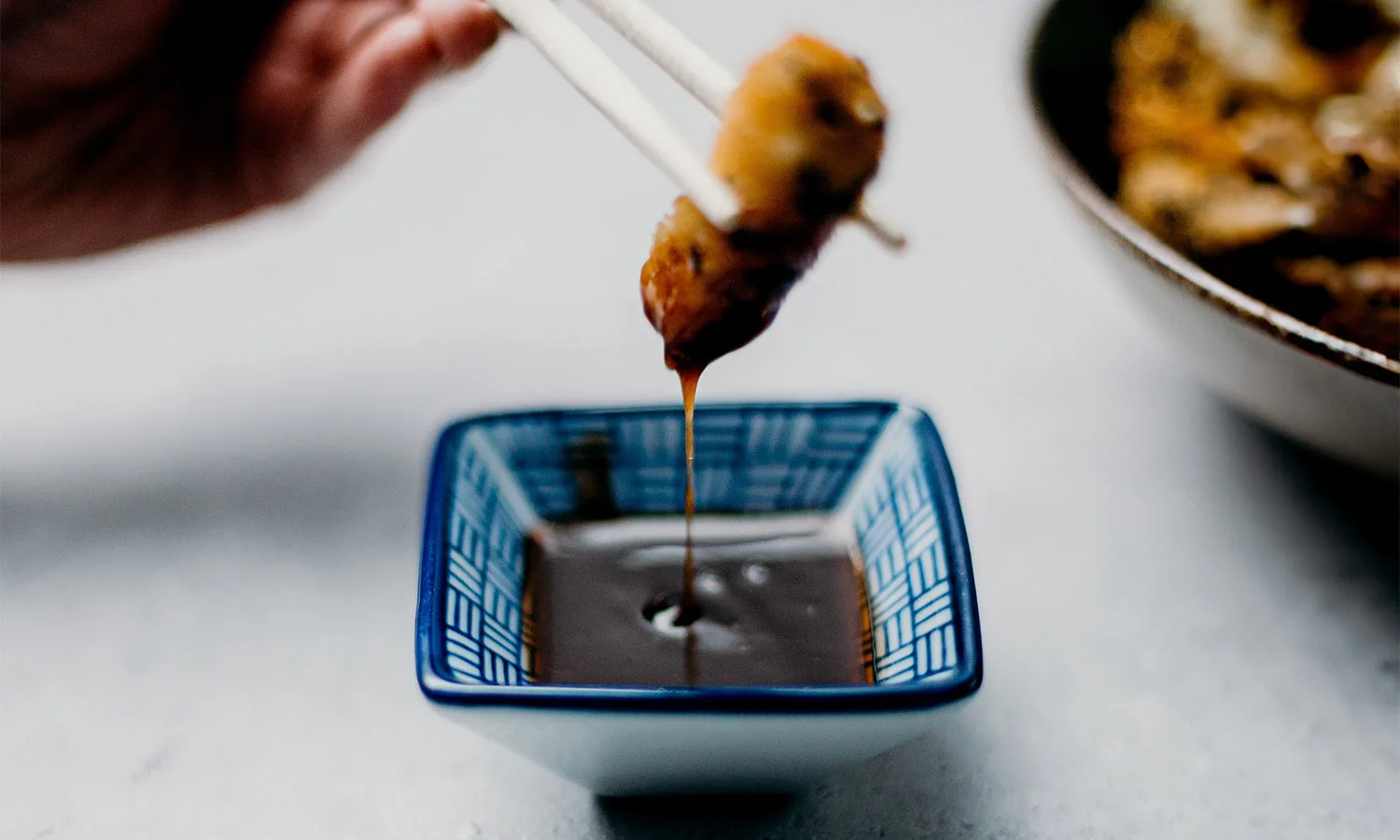
Sesame Seeds
Roasted sesame seeds are most likely the reason you fell in love with a certain Japanese dish (even if you couldn’t see the actual seeds). Was itt cabbage salad, perhaps, or shabu-shabu sesame sauce? Maybe it was sesame tofu? Leverage the power of roasted sesame, whether whole or ground, in your ramen, salads and vegetable recipes – its intense, tantalising umami power makes it a staple of Japanese cuisine. Just be sure to get unhulled sesame and lightly toast it in a pan, stirring often, until the first couple of seeds start to pop, then remove immediately. Not so patient? You can buy roasted sesame seeds in Asian supermarkets, and lightly warm them up to bring out the flavour.
Our Tip: For maximum intensity, look for roasted black sesame. Want to up the intensity? Try roasted sesame oil and Japanese sesame dressing.
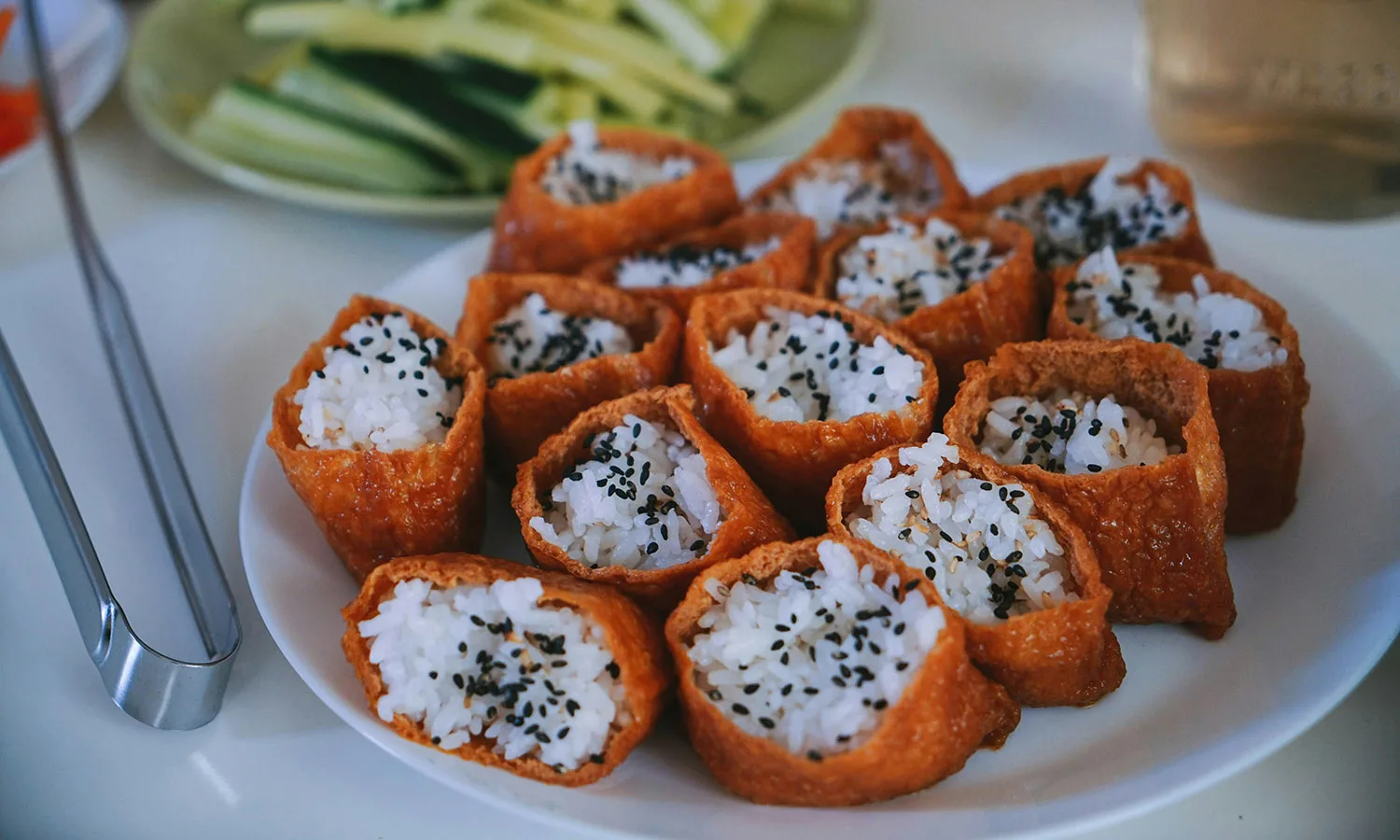
Sake
If you think you can skip sake (rice wine) when cooking Japanese dishes, the answer is yes… if you are fine with suboptimal results. This versatile ingredient is used to simmer meat and fish in pan-fried recipes, to remove strong odours from certain foods, and even to tenderise meat. Above all, sake adds a very subtle, umami taste to your dishes that will round out the flavours and elevate your dishes in ways you didn’t think were possible.
Our Tip: If possible, reach for regular sake when cooking, as versions labelled “cooking sake” often contain salt. Using cooking sake, however, will still yield significantly better results than omitting it entirely.
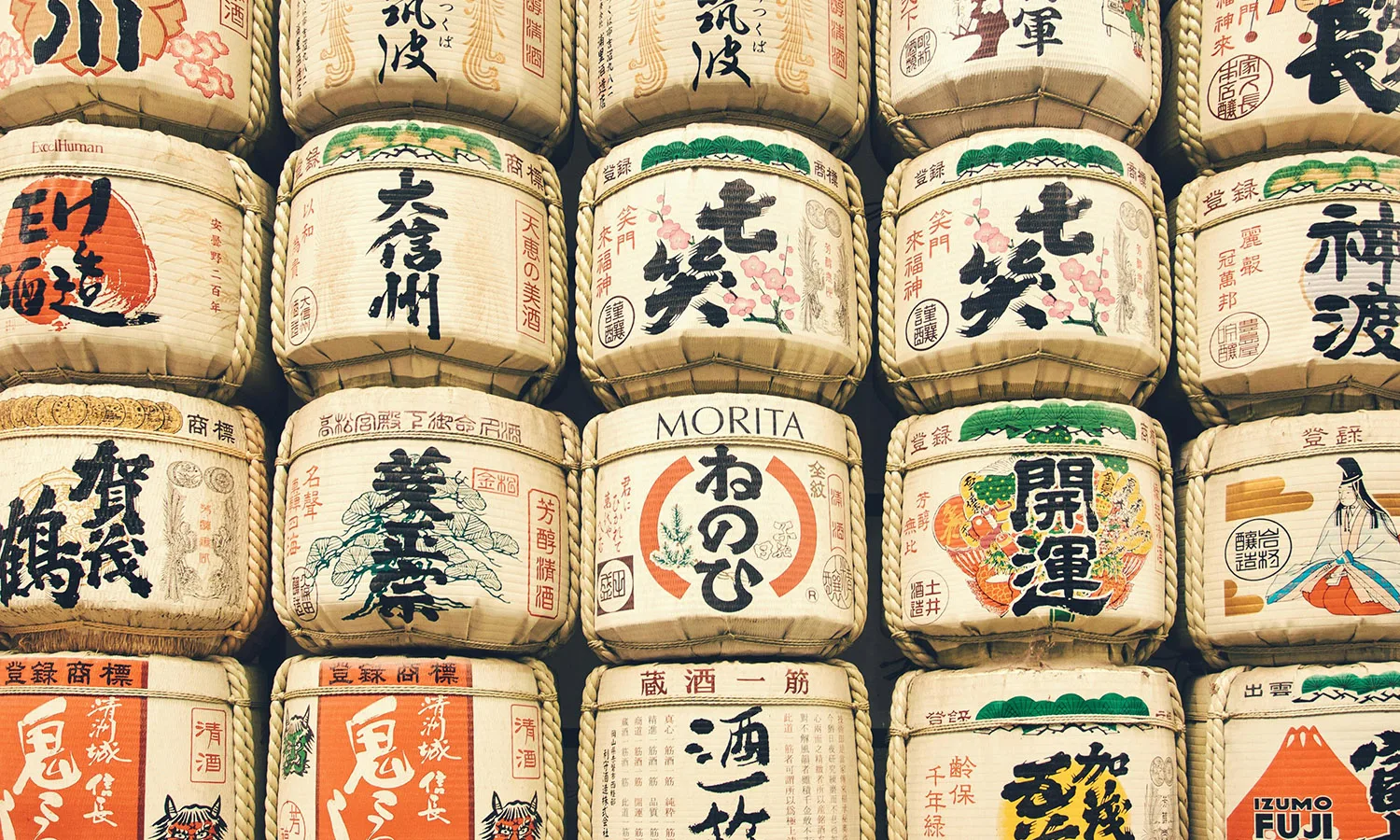
Mirin
“What can I substitute for mirin?” must be one of the most-googled questions when it comes to Japanese cooking – and rightfully so, as few stores carry the elusive Japanese rice wine; it is similar to sake, but sweeter and lower in alcohol. You can try replacing mirin with honey or maple syrup, adding some water if necessary. Using the real deal, though, pays off. Mirin will cover your ingredients with a glossy, restaurant-grade glaze that is a pleasure to look at (and to eat). As for the flavour, mirin adds sweetness and complexity to any dish.
Our Tip: Even though mirin is sweet, it also packs umami due to its fermented ingredients.
Kombu
Everything you need to know about kombu, or dried sea kelp, can be summarised in one sentence: do not wash it. Up to a few years ago, recipes recommended washing or wiping off the large sheets of seaweed to remove dirt, but nowadays, kombu rarely has any dirt. Far from it, the natural white powder that sits on top of it is a pure umami substance that should never be removed.
There is no need to boil the seaweed, either: you can make kombu dashi (seaweed broth) simply by submerging a piece of kombu in water and leaving it in the fridge overnight. Looking for an even simpler fix? Most Asian stores sell powdered kombu dashi, a flavourful broth that will make for a quick umami addition.
Our Tip: To obtain a delicious vegan broth, place a few dried shiitake mushrooms and a piece of kombu in fresh water and chill in the fridge overnight.
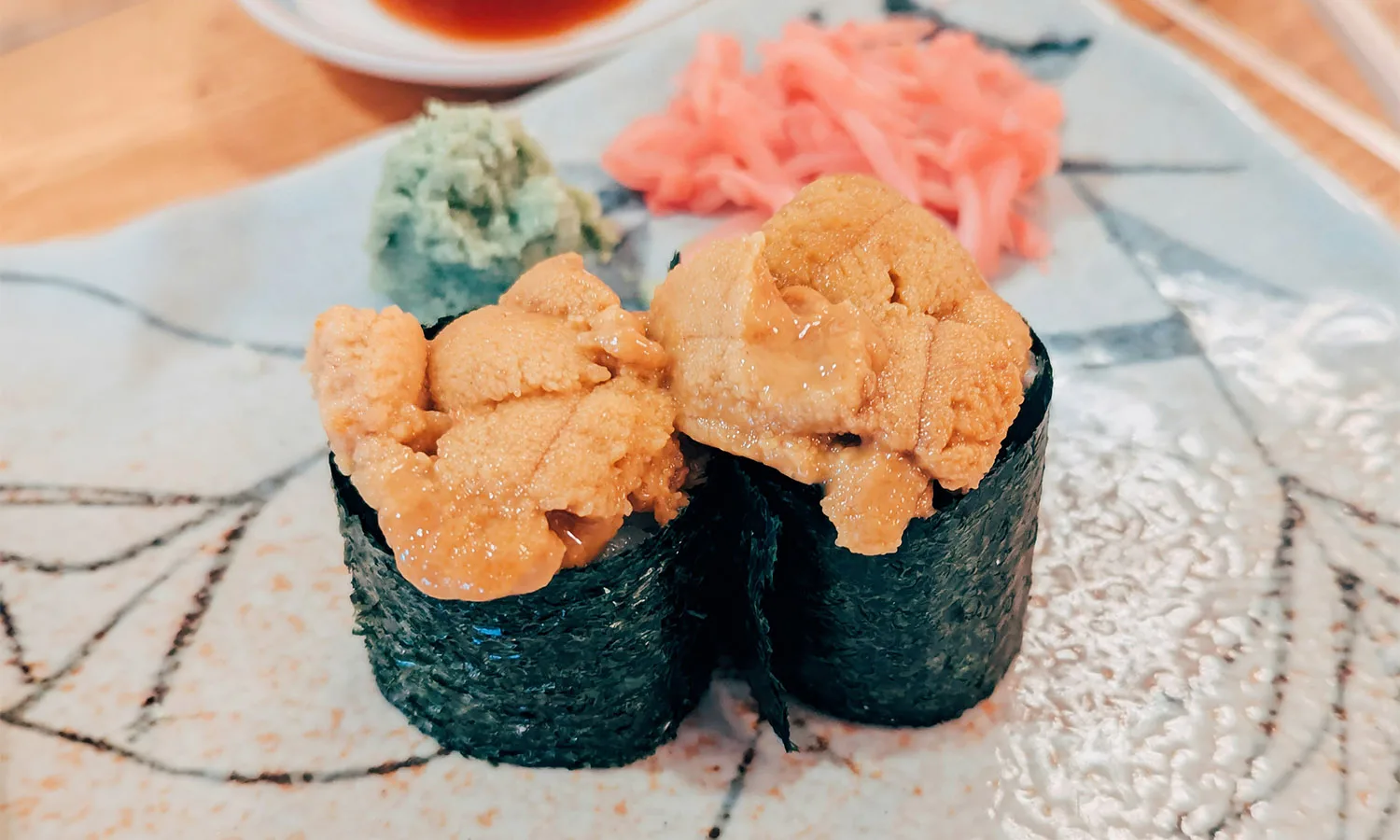
Tea
You know how you often get free tap water with your meal in many countries? Well in Japan, you usually get free tea. Simply put, tea is an essential part of Japanese life, and serving it with your dishes will complete your meals. Green tea lovers should consider cooking with it, too. Try ochazuke (rice in green tea), tempura (or any fried food) with matcha salt, as well as desserts such as matcha parfait or matcha ice cream. Not a fan of green tea? Try oolong tea, semi-fermented black tea with floral and lightly roasted notes, or hojicha, roasted green tea with a smoky, savoury flavour.
Our Tip: Addicted to umami? Drink gyokuro, high-grade green tea carefully grown in shadow and lightly steamed, or kabusecha, a less expensive shadow-grown tea.
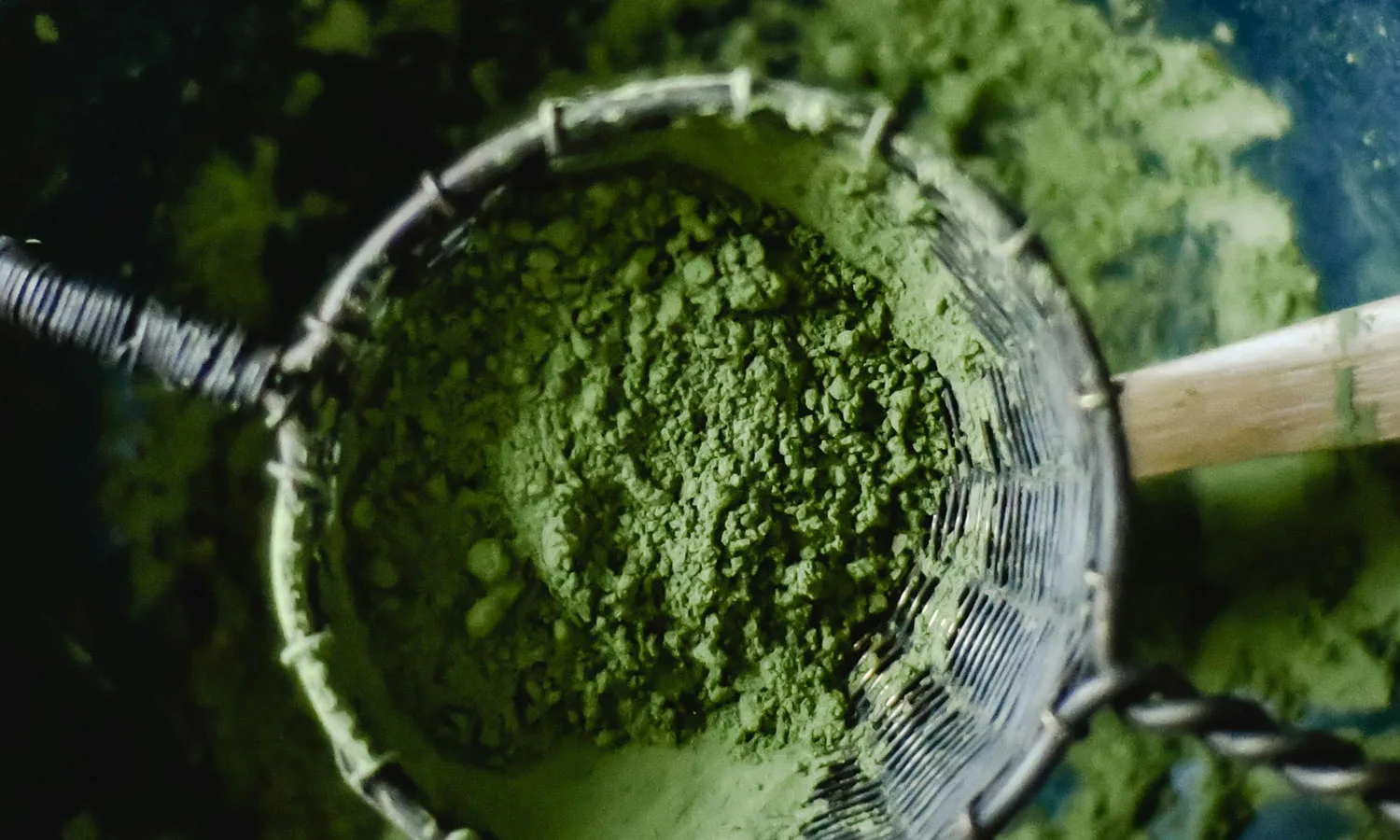
Teriyaki Sauce
Though technically a sauce, not a condiment, teriyaki deserves an honourable mention in this list. In fact, we’d go as far as to say that every Japanese cuisine lover goes through a teriyaki phase – slathering everything they cook in this thick, brown liquid gold. And understandably so: it is one of the most delicious and practical ways to add tons of umami to virtually any food. Did you know that you can make your own teriyaki sauce at home in a pinch? All you need is sugar, sake, mirin and soy sauce; we love the recipe from Just One Cookbook).
Our Tip: Try teriyaki sauce with tofu, as well as in your vegetable stir-fries.
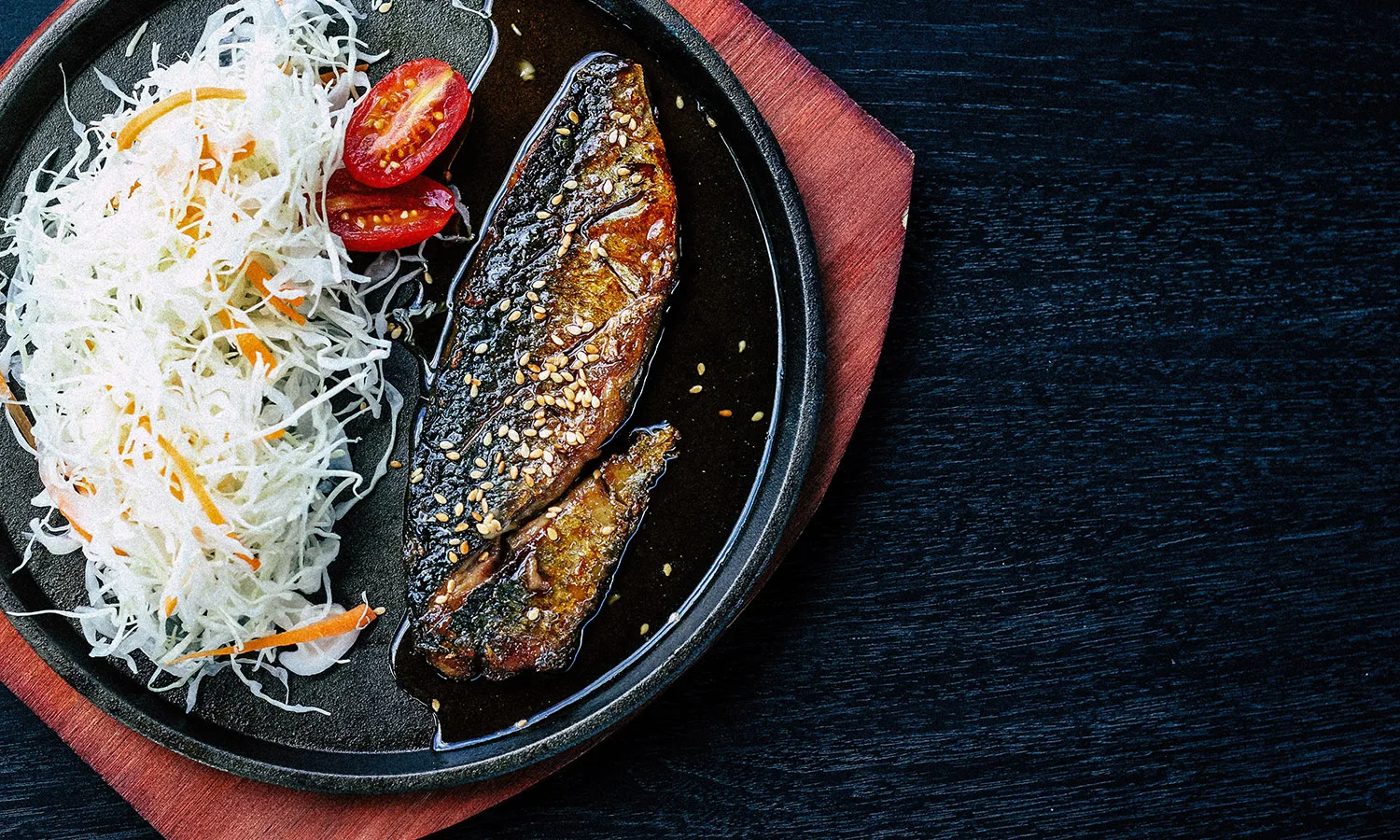
Need even more umami in your life? We know the feeling. We recommend having a look at the many recipes over at Just One Cookbook, by Namiko Hirasawa Chen, as well as Caroline Caron-Phelps’ Pickled Plum and Lisa Kitahara’s Okonomi Kitchen.

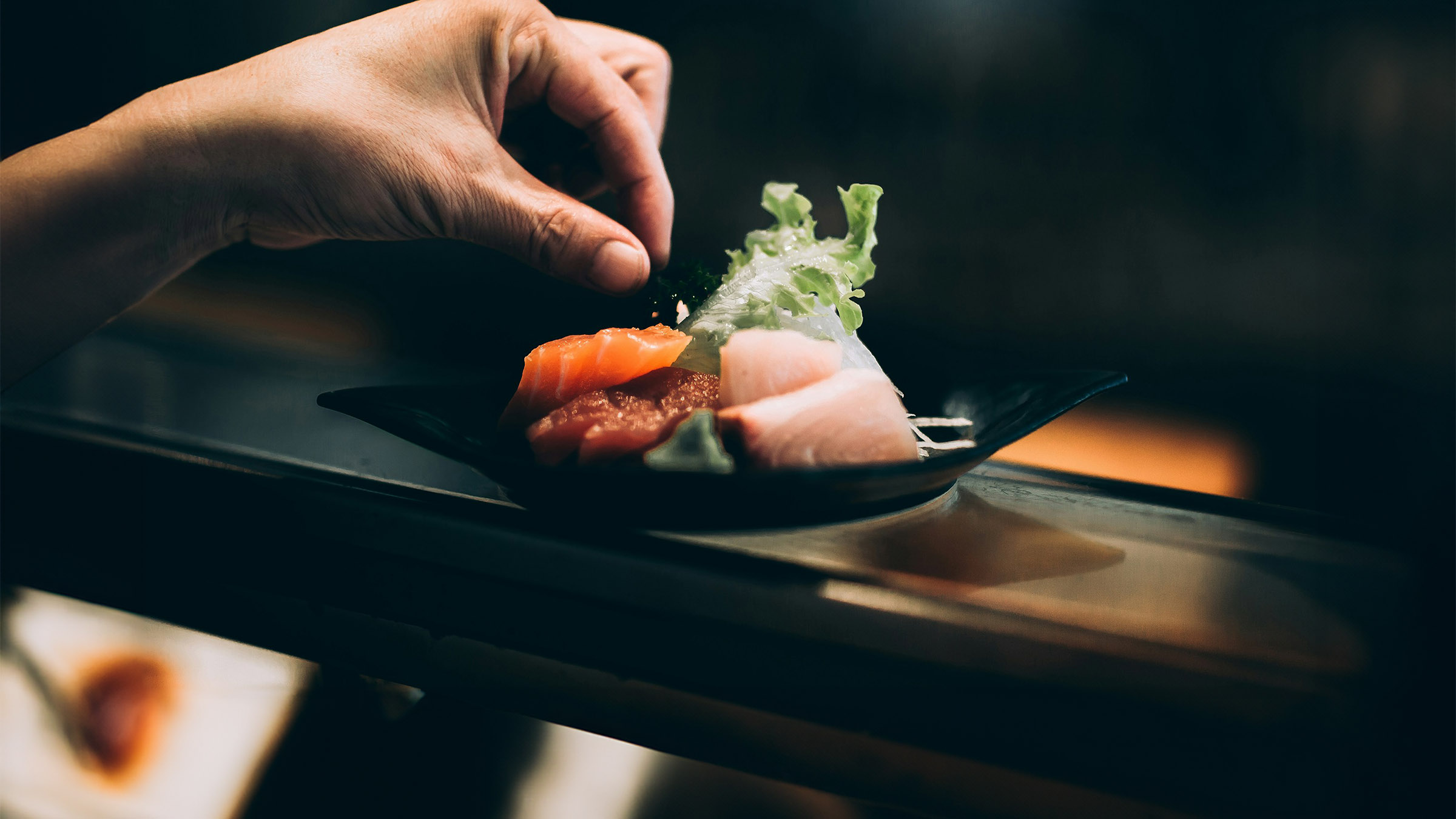





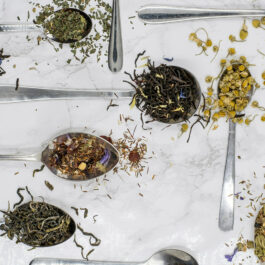



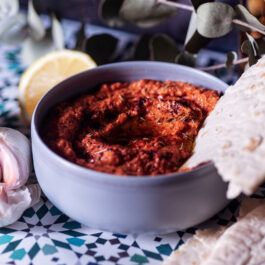


Sorry, the comment form is closed at this time.